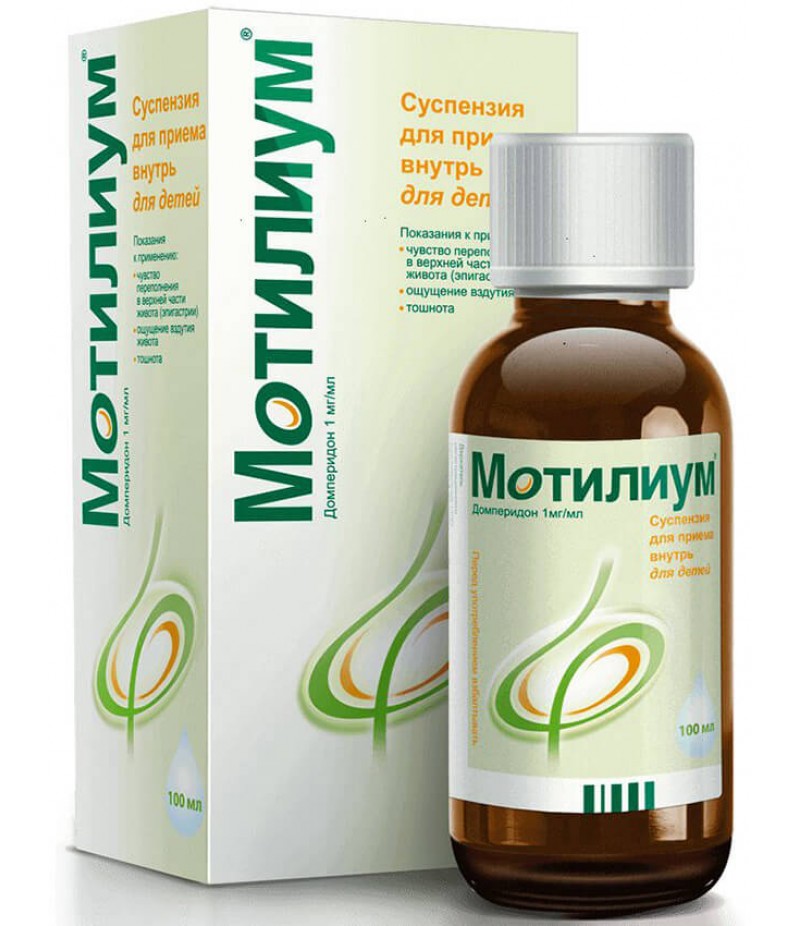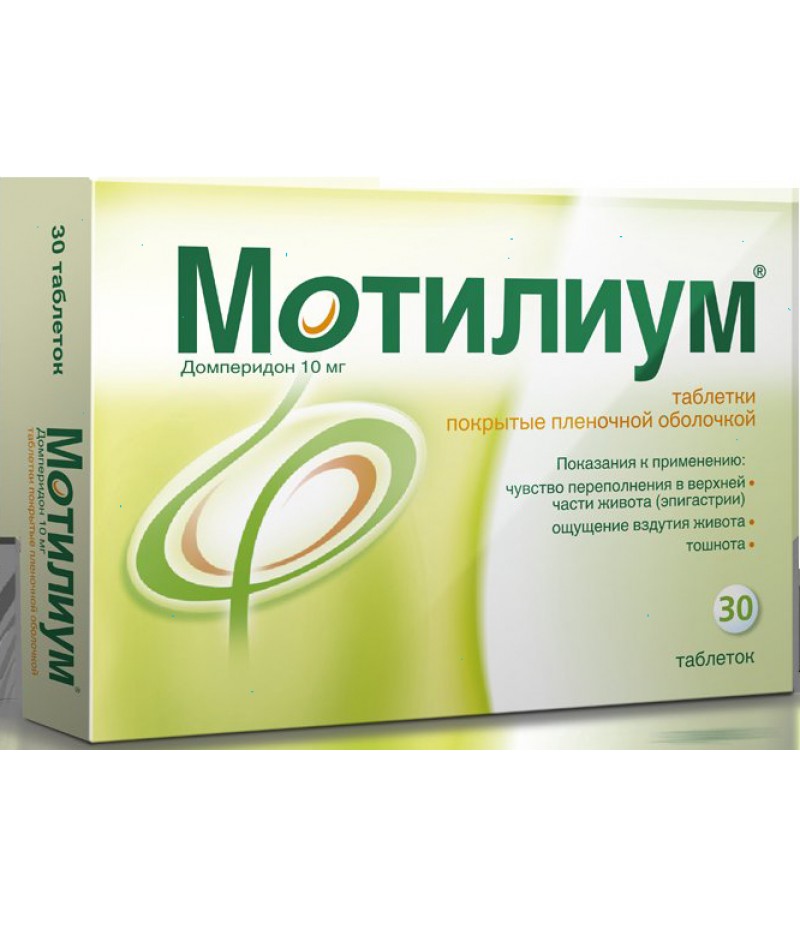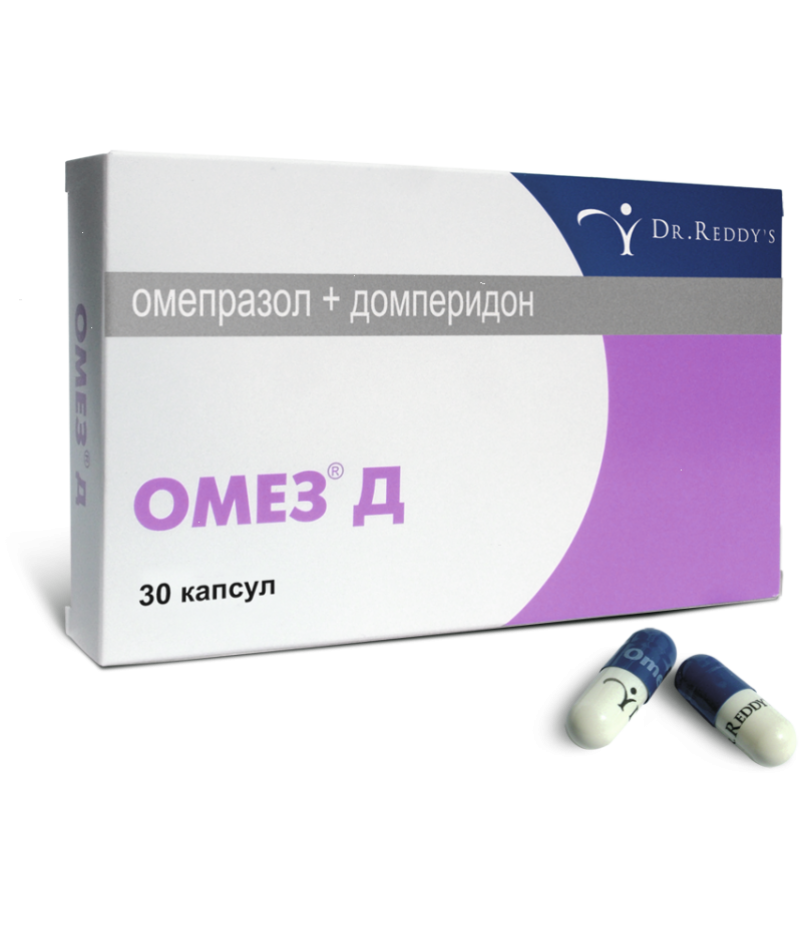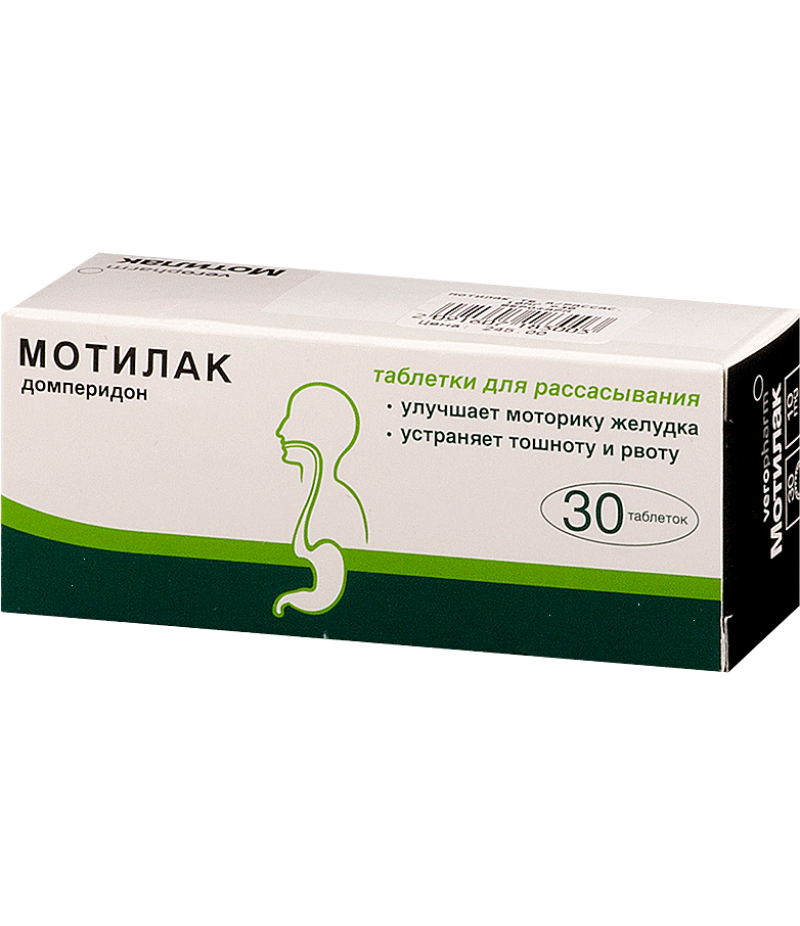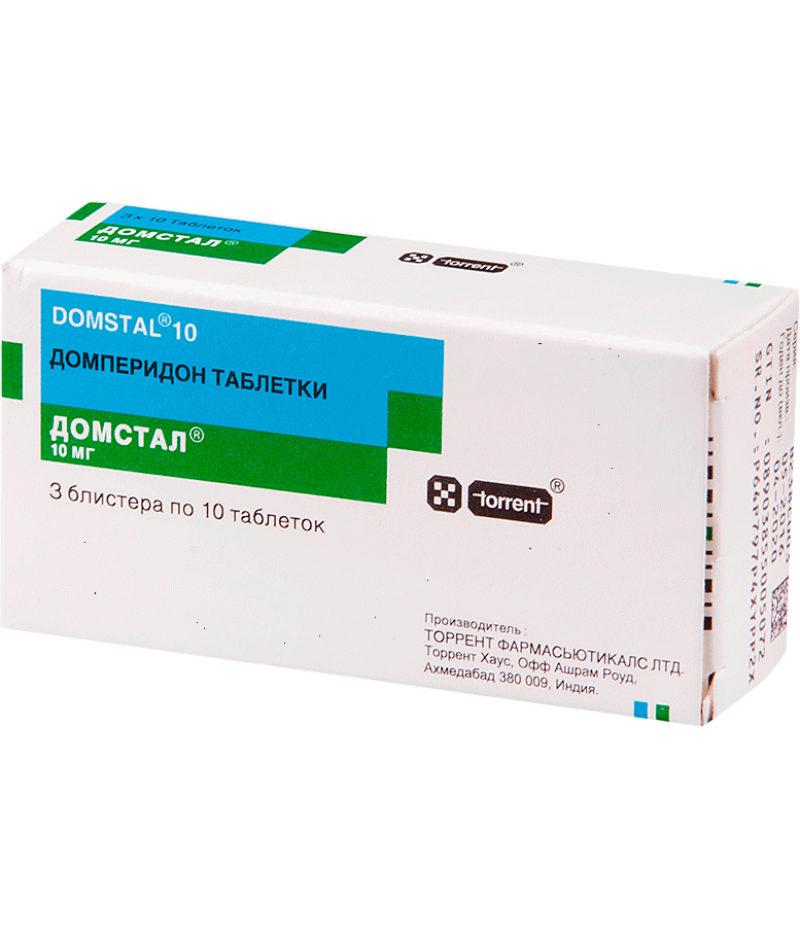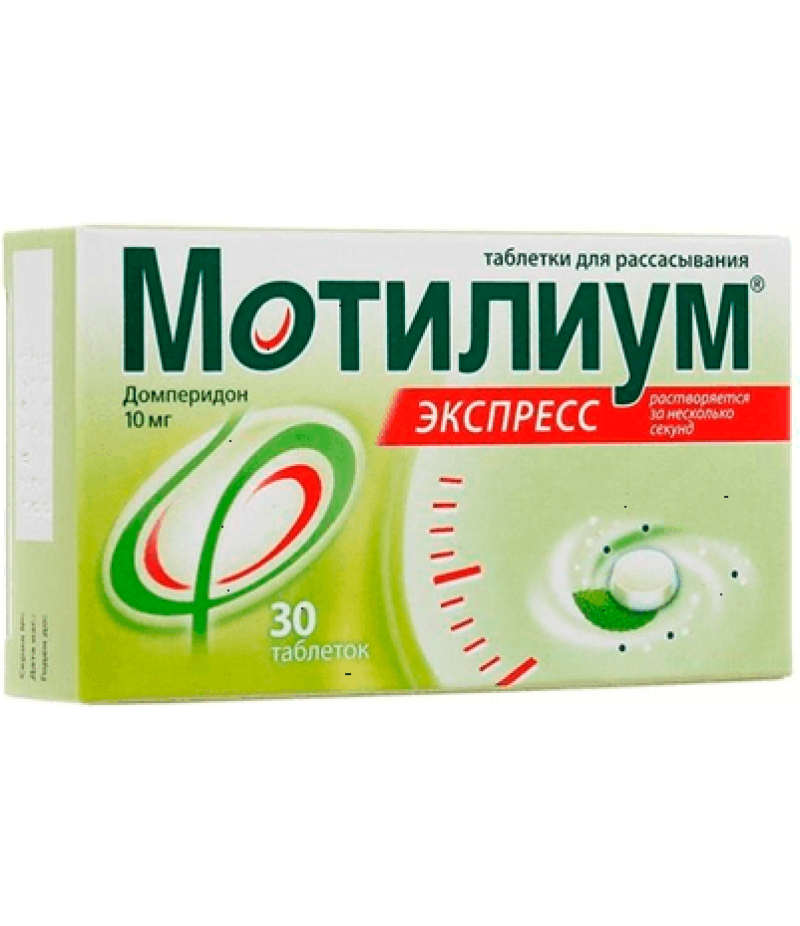Motilium suspension 1mg/ml 100ml
- $29.61
- 3 or more $29.40
- Availability:In Stock
Motilium suspension instruction for useYou can buy Motilium suspension herepharmachologic effectDomperidone is a dopamine antagonist with antiemetic properties. Domperidone poorly penetrates the BBB. The use of domperidone is rare..
Motilium suspension instruction for use
You can buy Motilium suspension here
pharmachologic effect
Domperidone is a dopamine antagonist with antiemetic properties. Domperidone poorly penetrates the BBB. The use of domperidone is rarely accompanied by extrapyramidal side effects, especially in adults, but domperidone stimulates the release of prolactin from the pituitary gland. Its antiemetic effect may be due to a combination of peripheral (gastrokinetic) action and antagonism to dopamine receptors in the chemoreceptor trigger zone that is outside the BBB.
Animal studies and low drug concentrations found in the brain indicate a predominantly peripheral effect of domperidone on dopamine receptors.
When administered intraperidone prolongs the duration of antral and duodenal contractions, accelerates the emptying of the stomach and increases the pressure of the sphincter of the lower part of the esophagus. Domperidone has no effect on gastric secretion.
Pharmacokinetics
Suction
After oral administration, domperidone is rapidly absorbed. Cmax in blood plasma is reached approximately for 30-60 minutes. Low absolute bioavailability of domperidone when taken orally (approximately 15%) is associated with intensive presystemic metabolism in the intestinal wall and liver.
Domperidone should be taken 15-30 minutes before meals. Reduction of acidity in the stomach leads to a violation of absorption of domperidone.
Bioavailability during ingestion decreases with the preliminary intake of cimetidine and sodium bicarbonate.
When taking Motilium suspension after a meal, it takes more time to reach Cmax, and the AUC increases somewhat.
Distribution
When ingesting domperidone does not accumulate and does not induce its own metabolism. After taking domperidone inside for 2 weeks at a dose of 30 mg / day Cmax in blood plasma after 90 minutes was 21 ng / ml and was almost the same as after taking the first dose (18 ng / ml).
Binding to plasma proteins is 91-93%.
Studies of the distribution of a drug with a radioactive label in animals showed its wide distribution in tissues, but low concentrations in the brain. Small amounts of Motilium suspension penetrate the placental barrier in rats.
Metabolism
Domperidone undergoes rapid and intensive metabolism by hydroxylation and N-dealkylation. In vitro metabolism studies with diagnostic inhibitors have shown that the CYP3A4 isoenzyme is the main form of cytochrome P450 involved in the N-dealkylation of domperidone, while CYP3A4, CYP1A2 and CYP2E1 participate in the aromatic hydroxylation of domperidone.
Excretion
The excretion of the kidneys and intestines is 31% and 66% of the dose when taken orally, respectively. The proportion of Motilium suspension excreted unchanged is small (10% with feces and approximately 1% in urine). Plasma T1 / 2 after a single oral intake is 7-9 hours in healthy volunteers, but increases in patients with severe renal failure.
Pharmacokinetics in special clinical cases
In patients with severe renal failure (serum creatinine> 6 mg / 100 ml, i.e.> 0.6 mmol / L), Domperidone T1 / 2 increases from 7.4 to 20.8 hours, but the drug concentration in the plasma is lower than in patients with normal function kidney. A small amount of unchanged drug (about 1%) is excreted by the kidneys.
In patients with impaired liver function of moderate severity (score 7-9 on the Child-Pugh scale), AUC and Cmax domperidone were 2.9 and 1.5 times higher than in healthy volunteers, respectively. The fraction of the unbound fraction increased by 25%, and T1 / 2 increased from 15 to 23 hours. Patients with mild violations of liver function had slightly lower systemic levels of Motilium suspension compared to those in healthy volunteers based on Cmax and AUC without changes in protein binding or T1 / 2. Patients with severe impairment of liver function were not studied.
Indications
- a complex of dyspeptic symptoms, often associated with delayed emptying of the stomach, gastroesophageal reflux, esophagitis (feeling of overfilling in the epigastrium, a feeling of bloating, pain in the upper abdomen, belching with or without stomach contents, flatulence, nausea, vomiting, heartburn);
- nausea and vomiting of a functional, organic, infectious origin, as well as caused by radiotherapy, drug therapy or a violation of diet;
- nausea and vomiting caused by dopamine agonists if used in Parkinson's disease (such as levodopa and bromocriptine).
Contraindications for Motilium suspension
- hypersensitivity to domperidone or any of the components of the drug;
- prolactinoma;
- simultaneous use of oral forms of ketoconazole, erythromycin or other drugs increasing the QT interval, or potent inhibitors of the CYP3A4 isoenzyme, such as fluconazole, voriconazole, clarithromycin, amiodarone, telithromycin and others (see "Special instructions" and "Drug interactions"). ;
- pronounced electrolyte disorders or heart diseases, such as chronic heart failure;
- bleeding from the gastrointestinal tract, mechanical intestinal obstruction, perforation of the stomach or intestines;
- hepatic insufficiency of moderate and severe severity;
- body weight less than 35 kg (for resorption tablets);
- Children under 12 years old with body weight less than 35 kg (for resorption tablets);
- Pregnancy;
- the period of breastfeeding.
With caution should apply Motilium suspension for violations of kidney function; disturbance of the rhythm and conduction of the heart (including the prolongation of the QT interval), electrolyte balance disorders, congestive heart failure.
Dosage
The drug is taken orally. It is recommended to take Motilium before meals, in case of taking Motilium suspension after eating, the absorption of domperidone may slow down.
In patients of all age categories, usually for the treatment of acute nausea and vomiting, the maximum duration of continuous intake should not exceed 1 week. If nausea and vomiting continue for more than 1 week, the patient should consult your doctor again. For other indications, the duration of therapy is 4 weeks. If the symptoms do not disappear within 4 weeks, you need to re-examine the patient and assess the need for continued therapy.
Suspension
Adults and adolescents over 12 years and children weighing ≥35 kg - 10 ml 3 times / day. The maximum daily dose is 30 ml (30 mg).
Infants and children under 12 years with a body weight <35 kg - 0.25 mg per 1 kg body weight 3-4 times / day. The maximum daily dose of domperidone is 30 ml (30 mg).
Motilium suspension should be used at the lowest effective dose.
To determine the dose, it is necessary to use the child's body mass scale "0-20 kg" on the syringe.
The dose should be determined very carefully, taking into account the body weight, not exceeding the recommended maximum daily dosage. In children, an overdose can cause disturbances from the nervous system.
Instructions for use of the suspension
Before use, mix the contents of the vial, shaking it gently to prevent the formation of foam.
Suspension is supplied in a package protected from accidental opening by children. The bottle should be opened as follows:
- Press on top of the plastic lid of the vial while turning it counter-clockwise;
- Remove the unscrewed cover.
Place the syringe in the vial. While holding the lower ring in place, raise the upper ring to the mark corresponding to the child's weight in kg.
Hold the bottom ring, remove the filled syringe from the vial.
Empty the syringe. Close the vial. Rinse the syringe with water.
Special patient groups
Since T1 / 2 domperidone in severe renal failure (serum creatinine> 6 mg / 100 ml, i.e.> 0.6 mmol / l) is increased, the frequency of taking Motilium should be reduced to 1 or 2 times / day, depending on severity of failure. It is necessary to conduct regular examination of patients with severe renal failure.
The use of the drug is contraindicated in patients with moderate (7-9 points according to the Child-Pugh classification) or severe (> 9 points by Child-Pugh classification) with hepatic insufficiency. In patients with mild (5-6 points according to the Child-Pugh classification) hepatic insufficiency, dose adjustment is not required.
Side effects of Motilium suspension
According to clinical studies
Undesirable reactions observed in ≥1% of patients taking Motilium: depression, anxiety, decreased or absent libido, headache, drowsiness, akathisia, dry mouth, diarrhea, rash, itching, galactorrhea, gynecomastia, pain and sensitivity in the area of dairy glands, menstrual irregularities and amenorrhea, lactation, asthenia.
Undesirable reactions observed in <1% of patients taking Motilium: hypersensitivity, urticaria, swelling and discharge from the mammary glands.
The undesirable effects listed below were classified as follows: very often (≥10%), often (≥1%, but <10%), infrequently (≥0.1% but <1%), rarely (≥0.01%, but <0.1% ) and very rarely (<0.01%, including individual cases).
According to spontaneous reports of undesirable phenomena detected in the post-marketing period
From the side of the immune system: very rarely - anaphylactic reactions, including anaphylactic shock, angioedema, hives.
Mental disorders: very rarely - agitation, nervousness (mainly in newborns and children).
From the nervous system: very rarely - dizziness, extrapyramidal disorders, convulsions (mainly in newborns and children).
From the cardiovascular system: very rarely - prolongation of the QT interval, ventricular arrhythmia *, sudden coronary death *.
From the side of the kidneys and urinary tract: very rarely - urinary retention.
On the part of laboratory indicators: very rarely - abnormalities in laboratory indicators of liver function, increased blood prolactin levels.
Undesirable reactions identified during post-registration clinical trials
Allergic reactions: the frequency is unknown - anaphylactic reactions, including anaphylactic shock, angioedema.
Mental disturbances: infrequent - increased excitability (mainly in newborns and children), nervousness.
From the nervous system: often - dizziness; rarely convulsions (mainly in newborns and children); frequency unknown - extrapyramidal disorders (mainly in newborns and children).
From the cardiovascular system: the frequency is unknown - prolongation of the QT interval, severe ventricular arrhythmias *, sudden coronary death *.
From the side of the kidneys and urinary tract: infrequently - retention of urine.
From the side of laboratory data: infrequently - deviations of laboratory parameters of liver function; rarely - an increase in the level of prolactin blood.
* Some epidemiological studies have shown that the use of domperidone may be associated with an increased risk of developing serious ventricular arrhythmias or sudden death. The risk of these events is more likely in patients over 60 years of age and in patients taking Motilium suspension at a daily dose of more than 30 mg. It is recommended to use domperidone in the lowest effective dose in adults and children.
Overdose
Symptoms of overdose occur most often in infants and children and can include agitation, impaired consciousness, convulsions, disorientation, drowsiness and extrapyramidal disorders.
Treatment: there is no specific domperidone antidote. In case of an overdose, it is recommended to wash the stomach and take activated charcoal, close supervision and supportive therapy. For the correction of extrapyramidal manifestations anticholinergics, antiparkinsonian or antihistamines may be used.
Drug Interactions
Anticholinergic drugs can neutralize the effect of Motilium.
Bioavailability of the drug Motilium at ingestion decreases after the previous intake of cimetidine or sodium bicarbonate. Do not take antacid and antisecretory drugs at the same time as domperidone. they reduce its bioavailability after ingestion.
The main role in the metabolism of domperidone is played by the CYP3A4 isoenzyme. The results of in vitro studies and clinical experience show that simultaneous use of drugs that significantly inhibit this isoenzyme may cause an increase in domperidone concentrations in plasma. Among the potent CYP3A4 inhibitors are azole antifungals (such as fluconazole *, itraconazole, ketoconazole * and voriconazole *), macrolide antibiotics (eg, clarithromycin * and erythromycin *), HIV protease inhibitors (eg, amprenavir, atazanavir, fosamprenavir, indinavir, nelfinavir, ritonavir and saquinavir), calcium antagonists (such as diltiazem and verapamil), amiodarone *, aprepitant, nefazodone, telithromycin *. (Drugs marked with an asterisk, in addition, extend the interval QTc).
In a number of studies on the pharmacokinetic and pharmacodynamic interaction of domperidone with ketoconazole and erythromycin when ingested in healthy volunteers, it has been shown that these drugs significantly inhibit the metabolism of the first passage through the CYP3A4 isoenzyme. With the simultaneous administration of 10 mg of domperidone 4 times / day and 200 mg of ketoconazole 2 times / day, the QTc interval was extended by an average of 9.8 ms during the entire follow-up period, at some points the changes ranged from 1.2 to 17.5 ms. With concomitant administration of 10 mg of domperidone 4 times / day and 500 mg of erythromycin 3 times / day, the QTc interval was prolonged by an average of 9.9 ms during the entire observation period, at some points the changes ranged from 1.6 to 14.3 ms. In each of these studies, Cmax and AUC domperidone were increased approximately 3-fold.
At present, it is not known what contribution to the change in the QTc interval is made by the increased concentrations of domperidone in plasma.
In these studies, monotherapy with domperidone (10 mg 4 times / day) resulted in an extension of the QTc interval by 1.6 ms (ketoconazole study) and 2.5 ms (erythromycin study), whereas monotherapy with ketoconazole (200 mg 2 times / day) and erythromycin monotherapy 500 mg 3 times / day) resulted in prolongation of the QTc interval by 3.8 and 4.9 ms, respectively, during the entire observation period.
In another study using multiple doses in healthy volunteers, no significant prolongation of the QTc interval was observed during stationary domperidone monotherapy (40 mg 4 times / day, total daily dose 160 mg, which is 2 times the recommended maximum daily dose). At the same time, the concentrations of domperidone in plasma were similar to those in studies of the interaction of domperidone with other drugs.
The combined use of anticholinergic drugs (eg, dextromethorphan, diphenhydramine) may interfere with the development of antidispectic effects of Motilium.
Theoretically, since Motilium has a gastrokinetic effect, it could affect the absorption of concomitant oral preparations, in particular, sustained-release preparations or enteric-coated preparations. However, the use of domperidone in patients on paracetamol or digoxin did not affect the level of these drugs in the blood.
Motilium can be taken concomitantly with neuroleptics, the effect of which it does not enhance; dopamine receptor agonists (bromocriptine, levodopa), whose undesirable peripheral effects, such as digestive disorders, nausea, vomiting, suppress, without affecting their central effects.
special instructions for Motilium suspension
When combined with Motilium antatsidnymi or antisecretory drugs, the latter should be taken after meals, and not before meals, i.e. they should not be taken concomitantly with Motilium.
Application in diseases of the kidneys
Because a very small percentage of Motilium suspension is excreted by the kidneys unchanged, then correction of a single dose in patients with renal insufficiency is not required. However, with the repeated administration of Motilium, the frequency of application should be reduced to 1-2 times / day, depending on the severity of renal dysfunction, and it may also be necessary to reduce the dose. With prolonged therapy, patients should be under regular supervision.
Effects on the cardiovascular system
In some epidemiological studies, it has been shown that the use of domperidone may be associated with an increased risk of serious ventricular arrhythmias or sudden death. Risk may be more likely in patients over 60 years of age and in patients taking the drug at daily doses of more than 30 mg. It is recommended to use domperidone in the lowest effective dose in adults and children.
The use of domperidone and other drugs leading to prolongation of the QTc interval is not recommended in patients with existing conduction disorders, in particular, prolongation of the QTc interval, and in patients with severe electrolyte imbalance (hypokalemia, hyperkalemia, hypomagnesemia) or bradycardia, or in patients with concomitant diseases of the heart, such as congestive heart failure. As you know, against the background of electrolyte imbalance and bradycardia, the risk of arrhythmias increases.
In case of signs or symptoms that may be associated with cardiac arrhythmia, therapy with Motilium should be discontinued and consulted by a doctor.
Potential of drug interaction
The main way of metabolism of domperidone is through CYP3A4. In vitro data and results of human studies indicate that the concomitant use of drugs that significantly inhibit this enzyme may be accompanied by an increase in the concentration of domperidone in plasma. Combined use of domperidone with potent CYP3A4 inhibitors, which, according to the data obtained, cause an elongation of the QT interval is contraindicated.
Caution should be exercised in the combined use of domperidone with potent CYP3A4 inhibitors that do not induce prolongation of the QT interval, such as indinavir; It requires careful monitoring of patients for signs or symptoms of unwanted reactions.
Care should be taken when combining the use of domperidone with drugs, which, according to the data obtained, induce prolongation of the QT interval; It requires careful monitoring of patients for signs or symptoms of cardiovascular adverse reactions.
Examples of such drugs:
- Class IA antiarrhythmics (eg, disopyramide, quinidine);
- Class III antiarrhythmics (eg, amiodarone, dofetilide, dronedarone, ibutilide, sotalol);
- certain antipsychotics (for example, haloperidol, pimozide, sertindole);
- certain antidepressants (eg, citalopram, escitalopram);
- Certain antibiotics (eg, levofloxacin, moxifloxacin);
- certain antifungal agents (eg, pentamidine);
- certain antimalarials (for example, halofantrine);
- certain gastrointestinal drugs (eg, dolasetron);
- certain antineoplastic drugs (eg, toremifene, vandetanib);
- Some other medicines (eg, bepridil, methadone).
Excipients
Motilium suspension for oral administration contains sorbitol and is not recommended for use by patients with sorbitol intolerance.
Motilium EXPRESS resorption tablets contain aspartame, so they should not be used in patients with hyperphenylalaninemia.
Disposal of Motilium suspension
If the medicine has become unusable or has expired, do not throw it into sewage or into the street. It is necessary to place the drug in a bag and put it in a garbage container. These measures will help protect the environment.
Use in Pediatrics
Motilium in rare cases can cause neurologic side effects. The risk of neurological side effects in young children is higher, because metabolic functions and BBB in the first months of life are not fully developed. Therefore, the recommended dose should be strictly adhered to. Neurological side effects can be caused in children by an overdose of Motilium suspension, but it is necessary to take into account other possible causes of such effects.
Impact on the ability to drive vehicles and manage mechanisms
Care must be taken when driving vehicles and engaging in other potentially hazardous activities that require increased concentration and speed of psychomotor reactions due to the risk of adverse reactions that may affect these abilities.
Pregnancy and lactemia
Pregnancy
Data on the use of domperidone during pregnancy is not enough.
To date, there is no evidence of an increased risk of developmental malformations in humans. Nevertheless, the drug should be prescribed during pregnancy only in cases where its use is justified by the expected therapeutic benefit.
Lactation period
The amount of domperidone that can enter the body of a baby with breast milk is small.
The maximum relative dose for infants (%) is estimated at about 0.1% of the dose taken by the mother in terms of body weight. It is not known whether this level has a negative effect on newborns. In this regard, when using Motilium suspension during lactation it is recommended to stop breastfeeding.
Application in childhood
Motilium Express is contraindicated in children under 12 years of age with a body weight of less than 35 kg.
In children's practice, the Motilium suspension should be used in the main.
In case of violations of kidney function
With caution should prescribe the drug for violations of kidney function.
With violations of liver function
Contraindicated use of Motilium suspension for violations of liver function of medium and severe degree. With light violations of liver function, dose adjustment is not required.
Application in old age
The use of domperidone may be associated with an increased risk of serious ventricular arrhythmias or sudden death. Risk may be more likely in patients older than 60 years.
Conditions of leave from pharmacies
You don't need a prescription to buy Motilium suspension.
Terms and conditions of storage
Motilium suspension should be stored out of reach of children at a temperature of 15 ° to 30 ° C. Shelf life - 3 years.
Motilium EXPRESS should be stored in its original packaging in a place inaccessible to children, dry place at a temperature of no higher than 25 ° C. Shelf life - 2 years.
Do not use after the expiration date.

